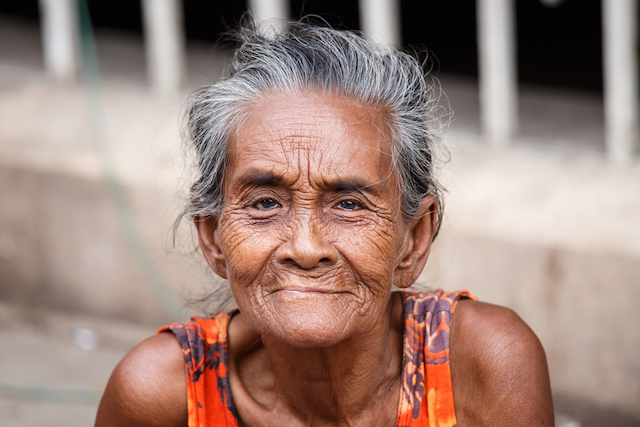Living to 90 Depends on Gender, Body & Activity
When most of us were younger, we didn’t think about how long we would live. Old age was far away and therefore out of mind and thought.
If you were like me, I played rough growing up and didn’t worry about getting hurt or killed, as long as I was having fun. I admit now that I did some pretty foolish things, but I have no real regrets and a lot of great and some not so great memories, like spending several months in a cast from my waist to neck after falling 30 feet out of a tree and breaking my collar bone and three ribs trying to catch a branch on the way down. However, I still treasure the memories of my several years of saddle bronc and bull riding competition and the times I broke wild range horses. Yeah, I got hurt and still have long lasting injuries and pain from them, but I have no regrets and loved what I did.
Now that I’m 67, the thought of how long I’ll live seems a little more important than it did when I was a reckless teenager. The same is probably true for many other older folks.
We think of our kids and grandkids and wanting to be around for them as well as for our spouses and for ourselves.
So, who wouldn’t want to live to be 90 or more? Did you know that your chances of living to 90 could depend on your gender, your body shape and how active you are, but it’s not as simple as that?
According to a recent report:
“Living to the ripe old age of 90 may depend on your body size — both height and weight — as well as your level of physical activity, and seems to influence a woman’s lifespan more than it does a man’s, according to a new study published Monday in the medical journal BMJ.”
“The study found women who lived to 90 were, on average, taller and had put on less weight since the age of 20 as compared to women who were shorter and heavier. No such association was seen for men. However, men saw more benefit from physical activity than women…”
“In 1986 researchers asked over 7,000 Norwegian men and women between age 55 and 69 about their height, current weight, and weight at age 20. Both genders also told researchers about their current physical activity, which included dog walking, gardening, home improvements, walking or biking to work and sports. The men and women were then sorted into daily activity quotas: less than 30 minutes, 30 to 60 minutes, and 90 minutes or more.”
“The groups were monitored until they died or reached the age of 90; of the 7807 participants, 433 men and 994 women lived to that age. Issues that could affect longevity, such current or past smoking and level of alcohol use, were also taken into account.”
“Men and women in the study fared very differently when it came to the impact of body size and exercise.”
“Women who weighed less at age 20 and put on less weight as they aged were more likely to live longer than heavier women. Height played a major factor: the study found women who were taller than 5 feet 9 inches were 31% more likely to live into their 90s than women who were less than 5 feet 3 inches.”
“Neither height or weight seemed to factor into whether the men reached their 90s, but activity level did. Men who spent 90 minutes a day or more being active were 39% more likely to live to 90 than men who were physically active for less than 30 minutes. In addition, for each 30 minutes a day the men were active, they were 5% more likely to reach that age.”
“However, women who were physically active for more than 60 minutes a day were only 21% more likely to live to 90 than those who did 30 minutes or less. And unlike men, there was no bonus for increasing activity. In fact, the study found that the optimal level of activity for women was 60 minutes a day.”
Regardless of what your gender is, physical activity was one key to living longer and it’s the only key that we can change. You can’t really change your height and changing sexes has proven to substantially shorten lives.









Recent Comments